
Airplane Pilot Flight Simulator 3D
Games
App
Airplane Pilot Simulator 3D is a highly advanced simulation developed for iOS. Here at i6 Games, we...
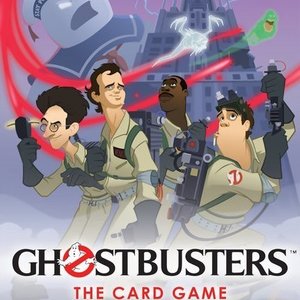
Ghostbusters: The Card Game
Tabletop Game
Who you gonna call? Compete against friends and family in Ghostbusters: The Card Game to collect...
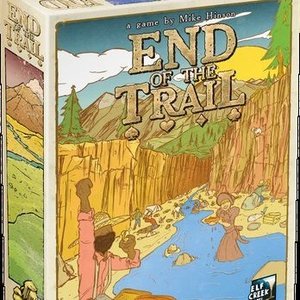
End of the Trail
Tabletop Game
End of the Trail is a competitive card game for 1-4 prospectors and fortune seekers. Players manage...
BoardGames 2018Games WildWestGames

Jaipur
Tabletop Game
Jaipur, capital of Rajasthan. You are one of the two most powerful traders in the city. But...
Boardgames Cardgames FamilyGames
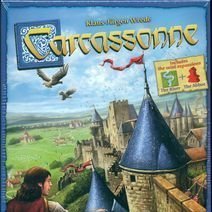
Carcassonne
Tabletop Game
Carcassonne is a tile-placement game in which the players draw and place a tile with a piece of...
GatewayBoardgames
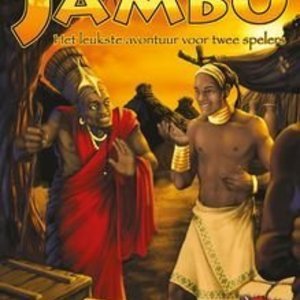
Jambo
Tabletop Game
From the back of the box: "Jambo is the friendly greeting Swahili traders offered their customers...
2playergames KosmosGames DornGames AfricanGames Cardgames
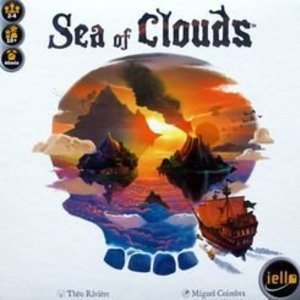
Sea of Clouds
Tabletop Game
In Sea of Clouds, as captain of a flying pirate ship, recruit a cutthroat crew, collect relics and...
Boardgames Pirategames

Dreadfleet
Tabletop Game
For two bleak decades the Undead reavers of Count Noctilus have plagued the oceans of the world....
Boardgames Miniaturegames
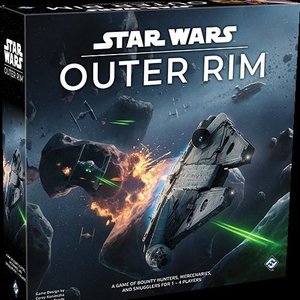
Star Wars: Outer Rim
Tabletop Game
Take to the stars and become a living legend in Star Wars: Outer Rim, a game of bounty hunters,...
2019Games StarWarsGames
